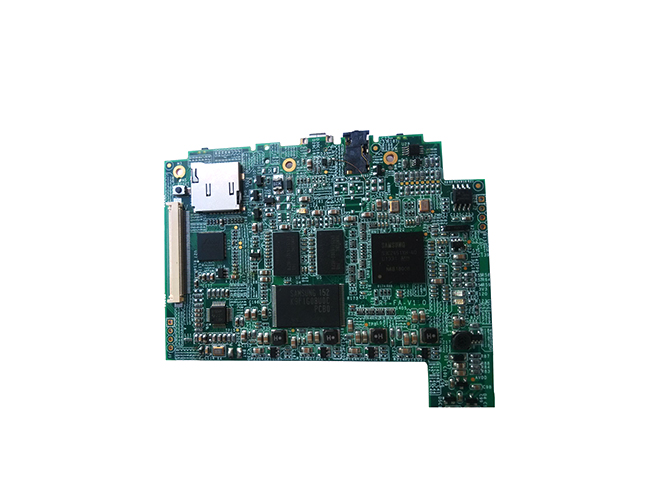-
CN
-
Service Hotline
+8618129931046 Mr. Liao


Time:2025-06-11 Views:1

Ball - Grid Array (BGA) soldering on double - sided boards with small - pitch components poses significant challenges due to the tiny size of the solder balls and the limited space for soldering operations. However, with the right techniques and equipment, high - quality BGA soldering can be achieved on double - sided PCBs, ensuring reliable electrical connections and mechanical stability.
The first step in BGA soldering for small - pitch components on double - sided boards is proper component placement. Due to the small size of the solder balls (usually in the range of 0.3mm - 0.6mm pitch), precise placement is crucial. Automated pick - and - place machines are commonly used, which can accurately position the BGA components on the PCB pads. These machines use vision systems to align the component's solder balls with the corresponding pads on the PCB, ensuring a high degree of accuracy. Before placement, the PCB pads and the BGA component's solder balls need to be cleaned thoroughly to remove any contaminants, such as oxides or flux residues, which can affect the soldering quality.
The soldering process itself typically involves the use of reflow soldering. For double - sided PCBs, a two - step reflow process is often required. In the first step, the components on one side of the board are soldered. The PCB is then flipped over, and the components on the other side are placed and soldered in the second reflow process. During reflow soldering, the temperature profile is a critical parameter. The temperature needs to be carefully controlled to ensure that the solder balls melt completely and form strong solder joints without overheating the components or the PCB. For small - pitch BGA components, a more gradual heating and cooling profile may be necessary to prevent solder bridging and other soldering defects.
Flux application also plays a vital role in BGA soldering. The flux helps to clean the surfaces of the solder balls and PCB pads, reduce surface tension of the molten solder, and promote wetting. Different types of fluxes, such as no - clean fluxes or water - soluble fluxes, can be used depending on the specific requirements of the application. However, for small - pitch BGA components, a flux with good fluxing ability and low residue is preferred to avoid any potential electrical short - circuits or reliability issues caused by flux residues.
After soldering, inspection and rework are essential steps. Visual inspection using microscopes or X - ray inspection systems can be used to check for soldering defects, such as cold joints, solder bridging, or missing solder balls. If any defects are detected, rework can be carried out using specialized BGA rework stations, which can precisely heat and remove the defective components and then re - place and re - solder new components.